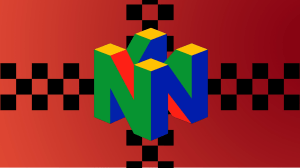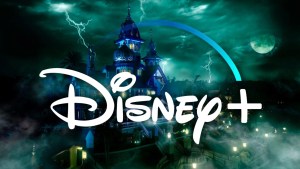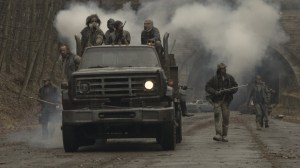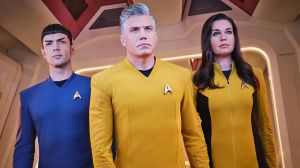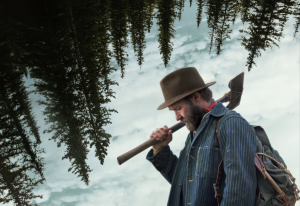Beauty is almost a prerequisite for a fantasy film. The word itself is defined as a fanciful mental image that reflects our subconscious wishes, so it makes sense that fantasy as a genre often reaches for the visual sublime. The best movies build worlds as beautiful as the tales they’re telling. You might feel nostalgia, yearning, or comfort when indulging in fantasy, and it can seem like a magic trick. Yet digging into the visual analysis of these movies reveals very intentional choices behind each production element, designed to conjure these very emotions.
Videos by ComicBook.com
The classics on this list are benchmarks of fantasy filmmaking, spanning half a century and covering a range of subgenres, including dark, historical, urban, epic, and high fantasy. They happen to share a few commonalities, such as a lean toward practical effects and the use of color to convey theme. Beyond that, how these movies and their creators transport us to beautiful worlds, and the specific type of beauty they capture, varies wildly.
7) The Green Knight
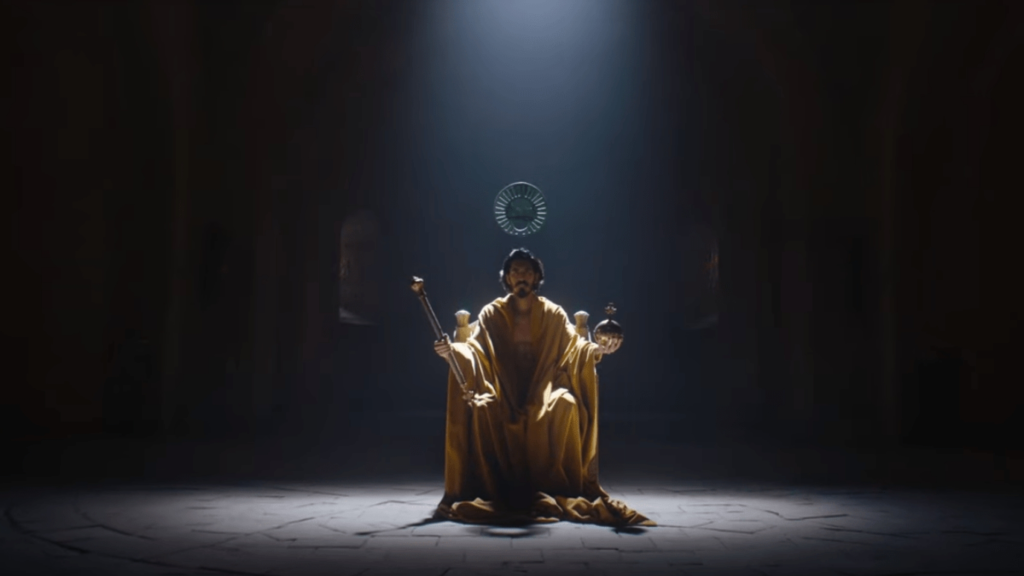
David Lowery’s take on the Arthurian legend feels ancient, but it’s the most recent movie on the list. Cinematographer Andrew Droz Palermo used antique lenses on high-res digital cameras, resulting in distinct crisp-yet-weathered imagery. Color swatches include deep forest greens, a scattering of candlelit golds, and reds. Interiors were often lit by single sources to make Dev Patel’s Gawain look either holy (with a halo lighting effect) or haunted (casting shadows across his gaunt face). Digital VFX seamlessly uplift the primarily practical elements, making great use of all the art form’s best techniques.
On release, critics noted The Green Knight‘s debt to directors like Andrei Tarkovsky, especially given how the dreamlike visuals work in perfect harmony with the cyclical narrative structure. As much an atmospheric poem as an adventure quest, Lowery’s fantasy outing is easily one of the best of the decade.
6) The Dark Crystal
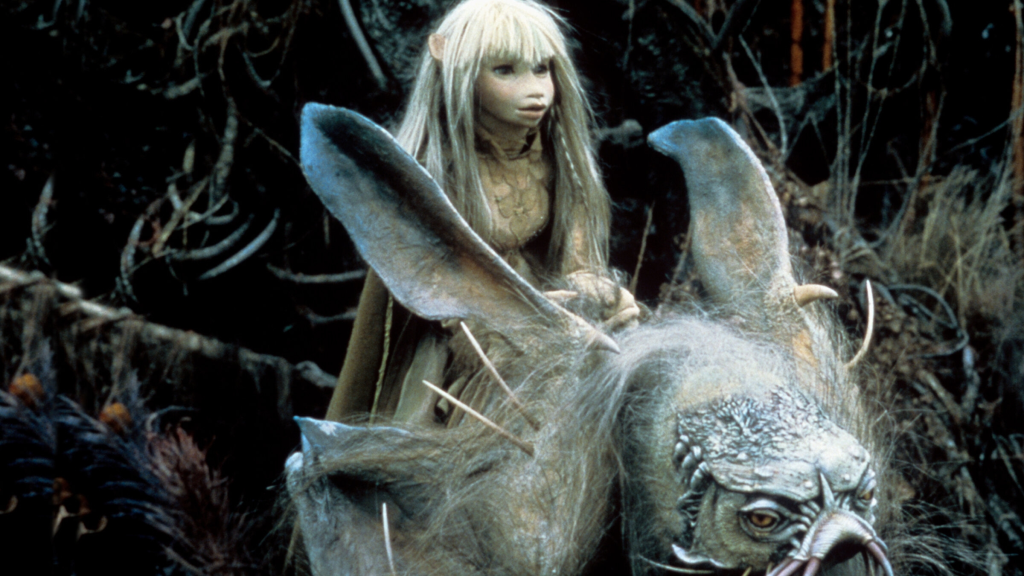
Jim Henson and Frank Oz built an entire world by hand, guided by Brian Froud’s immaculate designs. A labor of love, each creature and environment in The Dark Crystal was physically constructed. Notably, much of the filmic language comes from visual contrast. The Mystics are soft, rounded, natural, and evocative of life, while the Skeksis are depicted as grotesque, with sharp angles and vulture-like features that evoke death.
Fans can attest to feeling the light versus shadow, life versus entropy, and gentle versus cruel dichotomies in the dark fantasy tale. While many found it too dark upon its 1982 release, the handmade, tactile quality and moody, nostalgic atmosphere have attracted a devoted cult following that persists to this day.
5) The Fall

Tarsem Singh shot The Fall independently across more than 20 countries over four years, opting for real locations over soundstages. The story moves between a drab early-90s LA hospital and a vivid, fantastical world. Costume designer Eiko Ishioka created standout silhouettes inspired by performance art and graphic design. Cinematographer Colin Watkinson framed landscapes like paintings, using wide shots with immaculately arranged subjects to give each location an operatic scale.
Like others on this list, The Fall has earned a cult following since its release. Critics compared it to the work of Fellini or even Terry Gilliam, praising its commitment to grandeur. The exotic fantasy world keeps shifting from deserts to temples to cliffsides, with the geography itself acting as a character. Fans debate whether the plot holds up to the visuals, but few argue about the images themselves. If you haven’t seen it, The Fall looks like nothing else in the genre.
4) Spirited Away
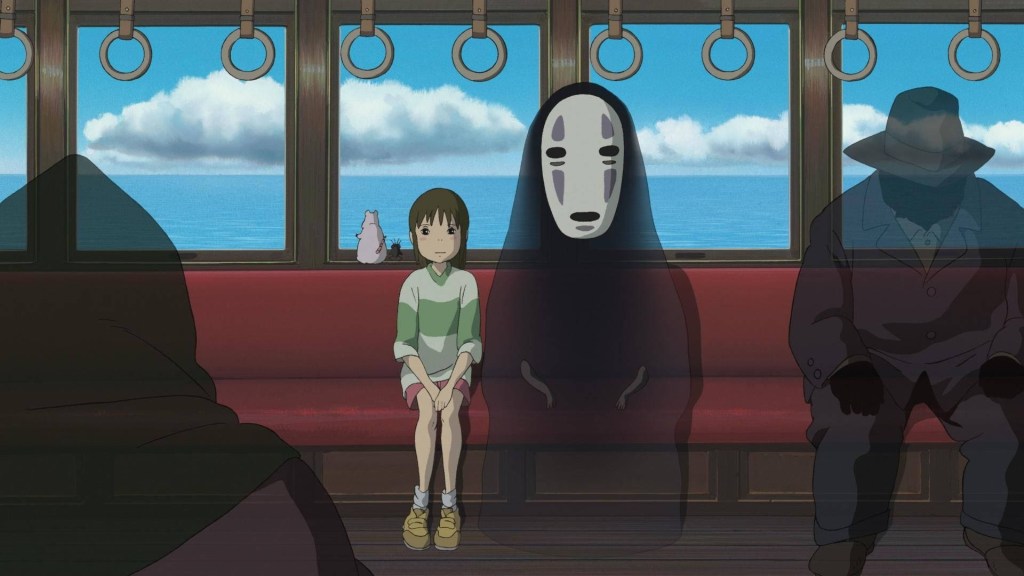
Hayao Miyazaki’s bathhouse is teeming with chaotic spirits tipping into the strange and sometimes disturbing. Yet the train sequence is calm, expansive, even meditative. This push-and-pull defines the film and presents itself throughout the visuals. The famously stunning animation in the Studio Ghibli classic is is primarily hand-drawn, melded with CG backgrounds. There is a softness, warmth, and almost watercolor-like texture to the ethereal atmospheres.
Naturally, Spirited Away won the Oscar for Best Animated Feature and became the highest-grossing film in Japanese history at the time of its 2001 release. Critics praised the animation for how closely it intertwined with Chihiro’s inner journey. Early scenes trap her in tight, crowded frames. As she gains confidence, the “camera” pulls back, giving her room to breathe. Perhaps one of the most widely beloved cult classics of all time, fans today continue to dissect the film’s use of color and composition and appreciate its strange beauty.
3) Wings of Desire
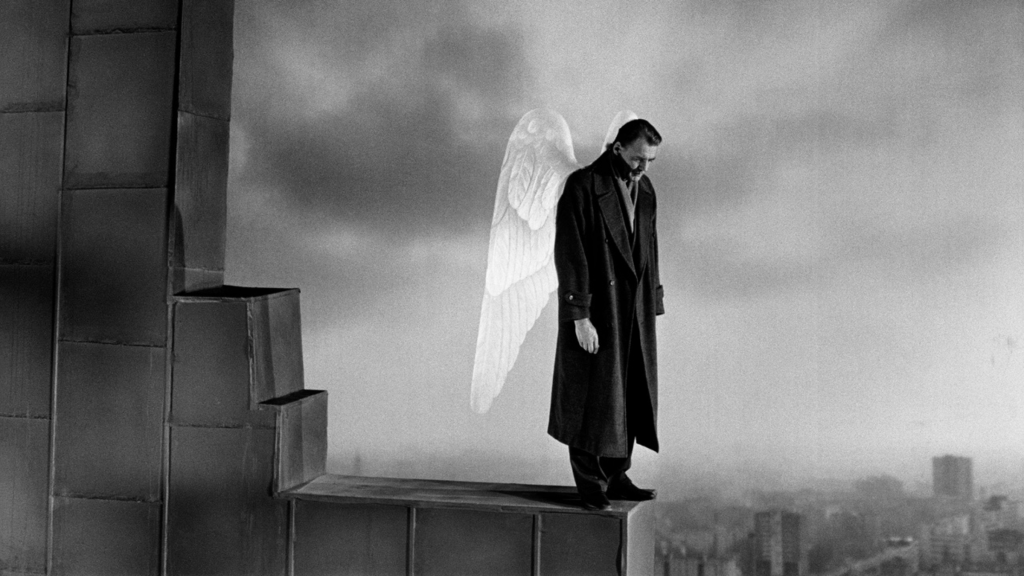
In this urban fantasy film from 1987, Wim Wenders took a page out of the Wizard of Oz playbook. He shot the angels’ perspective in stoic black and white, reserving color for the lively human world. That visual split creates a sense of distance as Bruno Ganz’s angel Damiel longs for a life with his earth-bound lover. Cinematographer Henri Alekan used silk stocking filters over the lens, giving the footage a soft haze with blooming highlights. The camera floats like a spirit above Cold War Berlin, capturing the rubble and rebuild as an observer, and double exposures make the angels feel weightless and incorporeal.
The film was a critical success in Europe and found a modern fan base in art-house circles after its 2009 release in the Criterion Collection. When the movie finally shifts into full color, it conjures an intense emotional release and feeling of freedom, and film analysts have pointed to the moment as one of cinema’s most effective uses of color in narrative. The poetic visual language has since influenced countless films, from the adaptation City of Angels to David Lowery’s A Ghost Story.
2) The Lord of the Rings Trilogy

Peter Jackson shot the film adaptations of J.R.R. Tolkien’s trilogy on location across New Zealand, using the rugged, natural beauty to do most of the heavy lifting in iconic, sweeping landscape shots and to convey the sheer scope of the journey the wee Hobbits were undertaking. The production also built extensive practical sets, designed intricate costumes, and used forced perspective to create seamless scale differences between the high-fantasy races.
All three of the original Lord of the Rings films have aged spectacularly, as CGI was used sparingly, primarily for creatures and large-scale battles. In all honesty, they are already holding up better than the primarily green-screen Hobbit films. Jackson and his team aimed for a “storybook” aesthetic, one that resembled a fairy-tale illustration rather than hyperrealism. The trilogy swept the Oscars, and fans still argue that no fantasy film has matched its sense of place. More so than any other film on this list, Jackson’s vision became the cornerstone that every fantasy film since has been measured against.
1) Pan’s Labyrinth

Guillermo del Toro’s dark fairy tale operates in two visual registers; the real world is rendered in cold blues and grays, with harsh shadows to convey brutality, while the fantasy realm glows with warm golds and deep reds. A common theme among these fantasy favorites is high contrast, which in Pan’s Labyrinth is used to create a visual argument about where beauty and horror actually live and whether escape is real or just another trap. Del Toro used animatronics, practical effects, sets and costumes inspired by German Expressionism, reserving CGI for enhancements. The Pale Man, with sagging skin and eyes in his palms, appears in one of the most grotesque and stunning fantasy sequences of all time.
The film won three Oscars and was nearly universally praised for its artistry. Fans are still debating whether the fantasy world is real or Ofelia’s escape mechanism, but the visuals themselves leave no ambiguity about their power. The film has aged better than most effects-heavy blockbusters because del Toro prioritized tactile, physical design. Two decades of CGI advancements haven’t diminished its impact. A singular feat of imagination and execution, Pan’s Labyrinth takes the top spot for the most beautiful (and disturbing) fantasy film of all time.
What beautiful fantasy movie did we leave off the list? Leave a comment below and join the conversation now in the ComicBook Forum!



